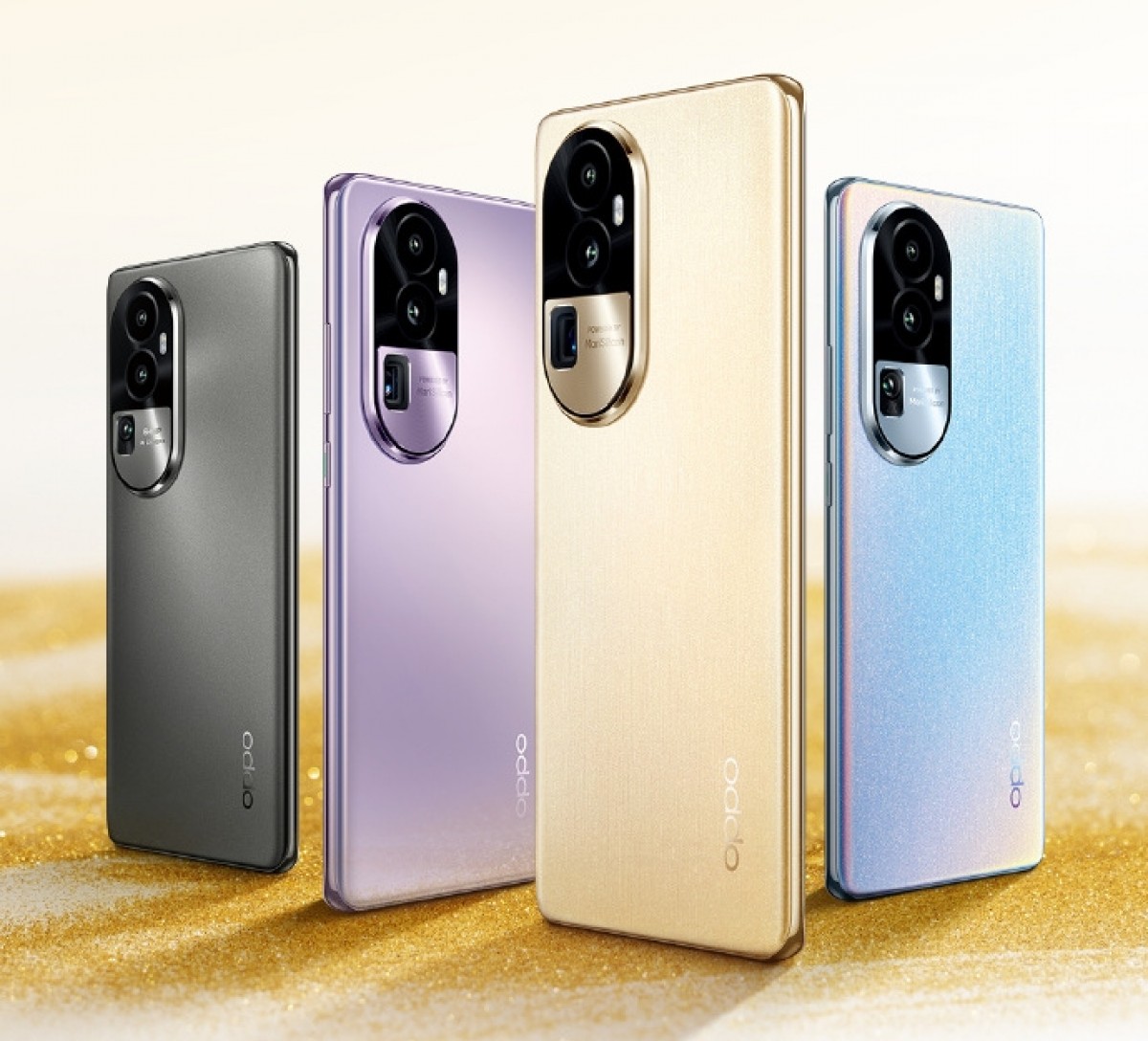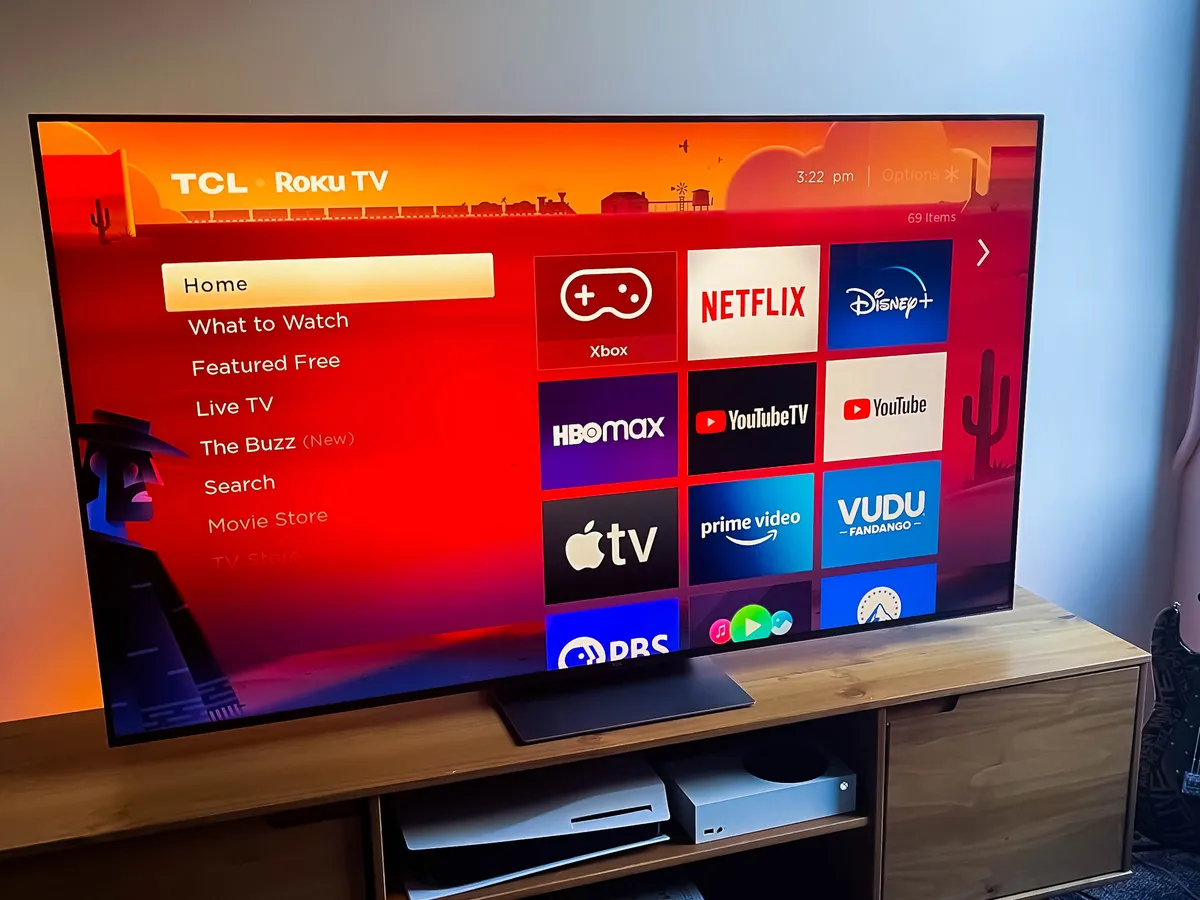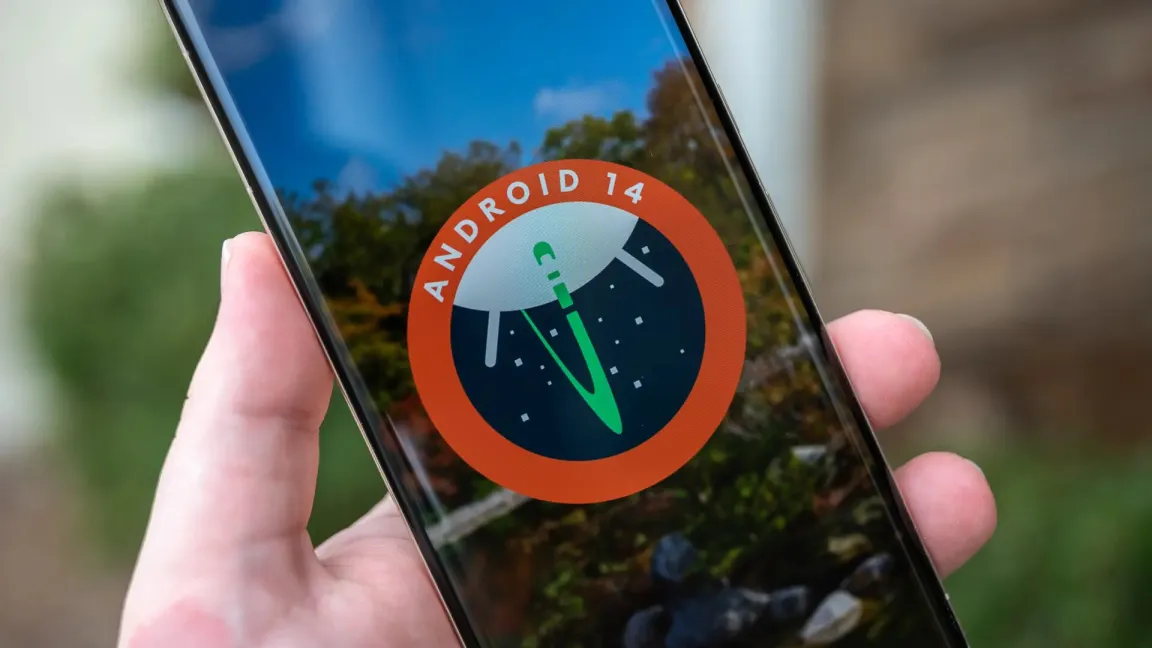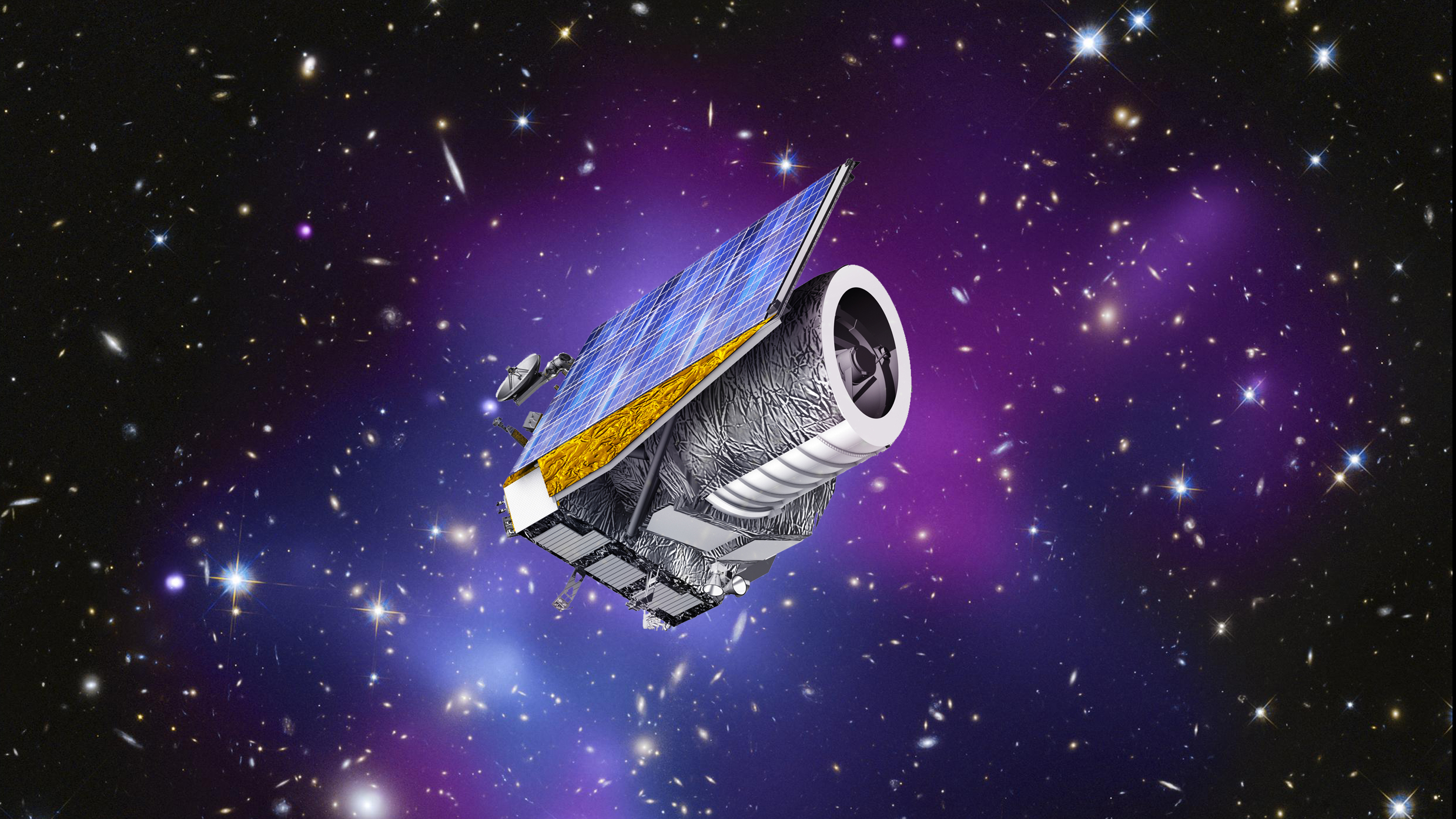A group of scientists from the University of Texas has recently introduced a revolutionary mattress and specially designed pillow that can aid individuals in falling asleep more quickly, offering a potential solution for those suffering from long-term sleep problems. The unique mattress primarily utilizes a combination of heating and cooling techniques to create optimal conditions for achieving restful sleep, targeting individuals who struggle with late-night sleep disturbances caused by smartphone usage.

The researchers found that manipulating the body’s internal sensory sensors can facilitate the process of falling asleep. Their findings were published in a research paper in the Journal of Sleep Research, which detailed the outcomes of a study involving 11 participants who tested the innovative mattress and pillow set. The objective of the study was to assess the effectiveness of the sleep aid.
During the experiment, the participants were instructed to go to bed two hours earlier than their usual bedtime and utilize the specialized mattress and pillow. The researchers observed the impact of the new sleep system on their sleep quality and patterns. The findings provided valuable insights into the efficacy of the mattress and pillow set.
By employing heating and cooling mechanisms, the mattress and pillow create an optimal sleep environment. Temperature regulation helps relax the body, promoting a sense of calm and comfort. This, in turn, aids individuals in falling asleep more quickly and achieving a deeper, more restorative sleep.
The innovative sleep system offers potential benefits for individuals who struggle with chronic sleep issues. Long-term sleep problems can have a detrimental effect on overall health and well-being. The development of this mattress and pillow set represents a significant step forward in addressing these issues and improving sleep quality.
The researchers envision their creation as a potential solution for individuals who find it difficult to fall asleep due to prolonged exposure to smartphones and other electronic devices. The blue light emitted by these devices can disrupt the body’s natural sleep-wake cycle, making it harder to unwind and prepare for sleep. By providing a comfortable and conducive sleep environment, the mattress and pillow set can counteract the negative effects of smartphone usage and promote healthier sleep habits.








